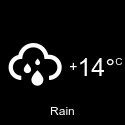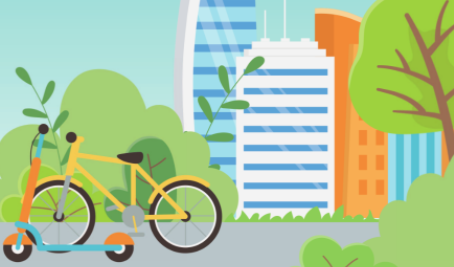(NC) Whether you’re gearing up to go for a walk or something more vigorous like cycling, exercising outside can mean exposure to air pollution. Traffic is a major source of air pollution, especially in urban areas.
Traffic-related air pollution is a mixture of gases, particles and many different chemicals from cars, buses and trucks. It includes emissions from exhaust, evaporation of fuel, and particles from tire and brake wear.
This mixture can impact your health, leading to asthma, worsening of allergies and asthma symptoms, and reduced lung function.
Over 80 per cent of Canadians live in cities, but by following these simple steps you can reduce your exposure to traffic-related air pollution while enjoying your favourite outdoor activities:
• Choose low-traffic routes for walking, running or cycling, especially during rush hour.
• Exercise in parks and green spaces away from major roads.
• Avoid or reduce strenuous outdoor activities when air pollution levels are high.
• Know the best times to be active outdoors. You can do this by checking the air quality health index in your community (airhealth.ca).
• If you have a heart or lung condition, talk to your healthcare professional about additional ways to protect yourself when air pollution levels are higher.
If you need to drive, you can also do your part to help reduce pollution by:
• choosing alternate ways to travel, such as using public transit or carpooling
• maintaining a steady driving speed, while avoiding heavy braking or acceleration when possible
• warming your engine with a block heater on cold days before starting it
• consulting the Fuel Consumption Ratings Search Tool before buying a vehicle
• turning off your engine when stopped for more than 10 seconds, unless you are in traffic or at an intersection
• reducing fuel consumption and emissions by maintaining your vehicle’s engine and keeping your tires properly inflated. (Source: News Canada)





